How to clean cotton baling film after use
2025-04-29
The cleaning methods of cotton baling film after use vary depending on the degree of pollution and material. Here are some common cleaning methods:
1. Mild pollution
Shake off and wipe: For films with only a small amount of cotton fibers or dust attached, you can first shake it gently to make most of the loose impurities fall off. Then wipe the surface of the film with a clean soft cloth or towel to remove the remaining dust and fibers. If there are some small stains, you can use a slightly damp soft cloth to dip a small amount of mild detergent, such as dishwashing liquid, and gently wipe the stains. Then use a clean wet towel to wipe off the detergent residue, and finally let the film dry naturally.
Compressed air cleaning: You can use compressed air equipment to aim the air at the surface of the film and blow away dust and light impurities through high-pressure airflow. This method can quickly and effectively clean large areas of film without damaging the film, but it may not be effective for stubborn stains.
2. Moderate pollution
Immersion cleaning: If there are more stains or sticky substances on the film, you can prepare a larger container, fill it with an appropriate amount of warm water, add an appropriate amount of mild detergent, stir it evenly and soak the film. After soaking for a period of time, gently scrub the surface of the film with a soft brush or sponge, focusing on cleaning the areas where stains and sticky substances are attached. After scrubbing, rinse the film with clean water until the detergent residue is completely rinsed off, and then hang the film to dry.
Ultrasonic cleaning: For some films that are difficult to clean with conventional methods, ultrasonic cleaning equipment can be used. Put the film into an ultrasonic cleaning tank filled with an appropriate amount of clean water and detergent, and use the high-frequency vibration of ultrasonic waves to make the stains fall off the surface of the film. This method has a better cleaning effect, but the equipment cost is high, and it may not be suitable for large films.
3. Severe pollution
Chemical solvent cleaning: When the film is severely contaminated, such as oil stains, pigments and other stains that are difficult to remove, you can consider using chemical solvents. However, before use, a small area test should be conducted on an inconspicuous part of the film to ensure that the solvent will not damage the film. Then use a cotton ball or soft cloth to dip in an appropriate amount of solvent, gently wipe the contaminated area, wait for the stain to dissolve, wipe off the solvent and stain with a clean cloth, and finally rinse with clean water and dry. However, when using chemical solvents, pay attention to ventilation, avoid contact with the skin and accidental ingestion, and properly dispose of used solvents and wiping cloths to prevent environmental pollution.
1. Mild pollution
Shake off and wipe: For films with only a small amount of cotton fibers or dust attached, you can first shake it gently to make most of the loose impurities fall off. Then wipe the surface of the film with a clean soft cloth or towel to remove the remaining dust and fibers. If there are some small stains, you can use a slightly damp soft cloth to dip a small amount of mild detergent, such as dishwashing liquid, and gently wipe the stains. Then use a clean wet towel to wipe off the detergent residue, and finally let the film dry naturally.
Compressed air cleaning: You can use compressed air equipment to aim the air at the surface of the film and blow away dust and light impurities through high-pressure airflow. This method can quickly and effectively clean large areas of film without damaging the film, but it may not be effective for stubborn stains.
2. Moderate pollution
Immersion cleaning: If there are more stains or sticky substances on the film, you can prepare a larger container, fill it with an appropriate amount of warm water, add an appropriate amount of mild detergent, stir it evenly and soak the film. After soaking for a period of time, gently scrub the surface of the film with a soft brush or sponge, focusing on cleaning the areas where stains and sticky substances are attached. After scrubbing, rinse the film with clean water until the detergent residue is completely rinsed off, and then hang the film to dry.
Ultrasonic cleaning: For some films that are difficult to clean with conventional methods, ultrasonic cleaning equipment can be used. Put the film into an ultrasonic cleaning tank filled with an appropriate amount of clean water and detergent, and use the high-frequency vibration of ultrasonic waves to make the stains fall off the surface of the film. This method has a better cleaning effect, but the equipment cost is high, and it may not be suitable for large films.
3. Severe pollution
Chemical solvent cleaning: When the film is severely contaminated, such as oil stains, pigments and other stains that are difficult to remove, you can consider using chemical solvents. However, before use, a small area test should be conducted on an inconspicuous part of the film to ensure that the solvent will not damage the film. Then use a cotton ball or soft cloth to dip in an appropriate amount of solvent, gently wipe the contaminated area, wait for the stain to dissolve, wipe off the solvent and stain with a clean cloth, and finally rinse with clean water and dry. However, when using chemical solvents, pay attention to ventilation, avoid contact with the skin and accidental ingestion, and properly dispose of used solvents and wiping cloths to prevent environmental pollution.
You Might Also Like
-
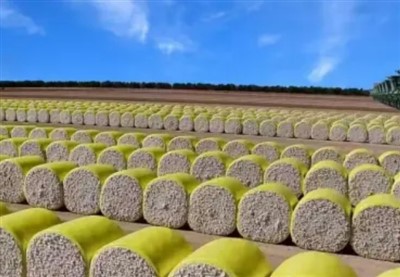
what are the advantages of cotton packaging film
-
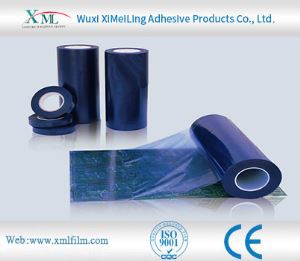
How does pe protective film cope with high temperature environment
-

The Advantages of Cotton Wrap Film
-
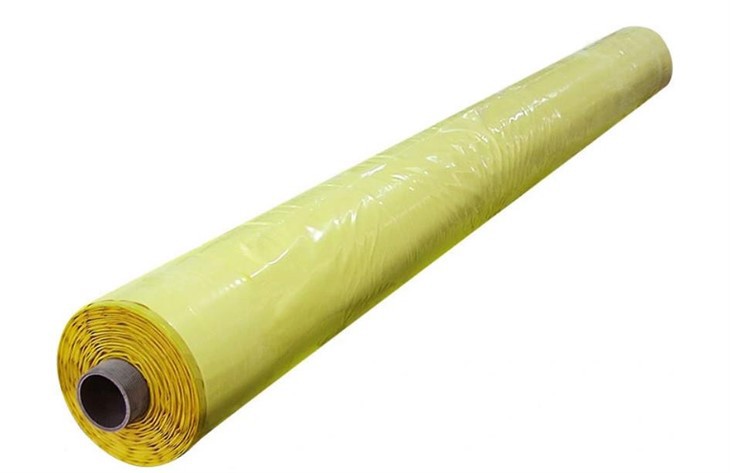
Advantages of Cotton Bale Wrap Film
-
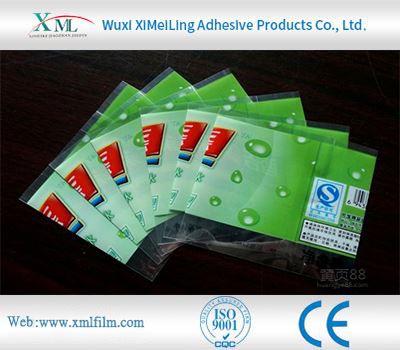
How Polyethylene Packaging Material Copes with High Temperature Environment
-
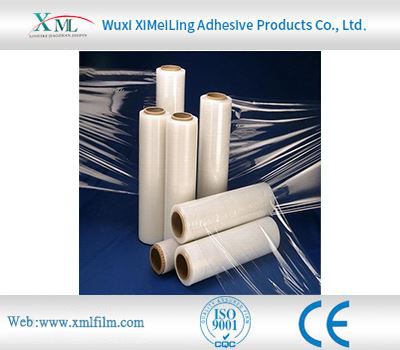
How to Remove Protective Transparent Plastic Film Without Damaging the Surface
